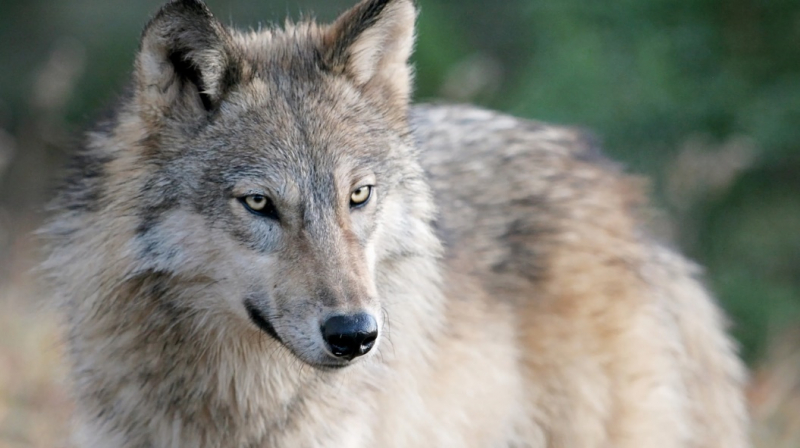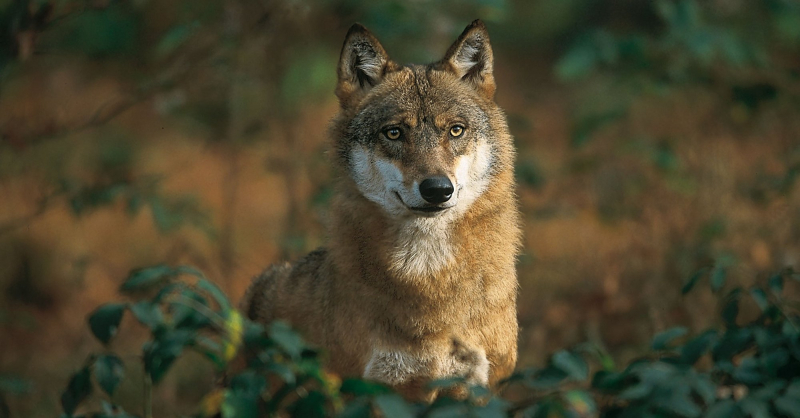Wolf
The wolf is a huge canine native to Eurasia and North America. It is sometimes known as the gray wolf or grey wolf. More than thirty subspecies of Canis lupus have been identified, with gray wolves being the most well-known. A wolf's banded fur is typically mottled white, brown, gray, and black, however polar varieties may be virtually entirely white.
The wolf is the most adapted member of the Canis genus for cooperative game hunting, as evidenced by its physical adaptations to tackle enormous prey, its more sociable character, and its highly refined expressive behavior, including solo or group, howling. It travels in nuclear families made up of a mated pair and their progeny. When offspring reach sexual maturity and there is competition for food within the pack, they may depart to create their own packs. Wolves are also territorial, and territorial conflicts are one of the leading causes of wolf mortality. The wolf is primarily a carnivore, eating large wild-hooved mammals, as well as smaller animals, cattle, carrion, and rubbish. Single wolves or married pairs have a better hunting success rate than huge packs.
Wolves are carnivores, and while they do a lot of scavenging, they are also great hunters. Wolves hunt in packs to catch huge prey animals, but a lone wolf can easily dispatch a raccoon. Wolves are well known for their abilities to hunt various prey in pack formation. They will consume small to medium-sized animals such as deer and fish. Adult raccoons are actively hunted, killed, and eaten by wolves. According to Arnold, a pack of wolves can detect raccoons up to 1.5 miles away, owing to their keen sense of smell. Raccoons are scared of wolves and will seek refuge in trees, holes in the ground, or other suitable hiding places. If a raccoon notices a pack of wolves close, it will seek refuge in houses, vehicles, and other man-made structures.














